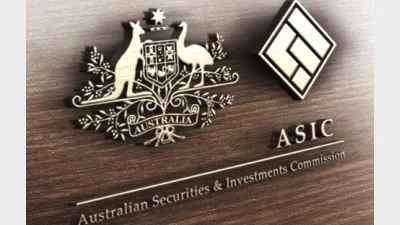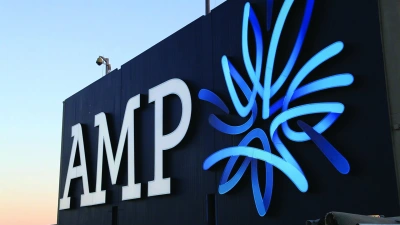APRA and ASIC have case to answer on Trio Capital



Australia's financial services regulators, the Australian Prudential Regulation Authority (APRA) and the Australian Securities and Investments Commission (ASIC) have been taken to task by a Parliamentary Committee report for the handling of the Trio Capital collapse.
At the core of the Parliamentary Joint Committee (PJC) report is a finding that the two regulators failed to appropriately detect and act on the fraud which ultimately emerged within Trio Capital. Further, the PJC has urged the regulators to continue their pursuit of those responsible.
According to the PJC, the collapse of Trio Capital has to be seen as far more troubling than the collapse of Storm Financial.
The report said this was because while Storm Financial involved Australian investors being persuaded to put their money into investment vehicles which were much higher risk than was appropriate, Trio Capital had actually involved fraud.
Raising strong concerns about the performance of the financial services regulators - APRA and ASIC - the PJC report said the Trio Capital fraud "appears to have been designed to take advantage of vulnerabilities in the superannuation system", with a key element of the scheme having been to move the funds of Australian investors overseas.
"A key finding of this report is that key checks and balances in the Australian financial and superannuation system did not work to identify the existence of fraudulent conduct and to shut it down rapidly," the PJC report executive summary said.
"It was left to an alert industry participant to uncover the Trio fraud."
It said that in September 2009 John Hempton, CEO at Bronte Capital Management and former Treasury official, had written a letter to ASIC Chairman Tony D'Aloisio, alerting ASIC to the suspiciously smooth returns achieved by the Astarra Strategic Fund in the context of a turbulent financial environment.
The PJC report said Hempton's letter resulted in ASIC launching an investigation into the activities of certain Trio Capital funds.
However, it said APRA and ASIC "must take their share of the blame for the slow response to the Trio fraud" in circumstances where APRA conducted five prudential reviews between 2004 and 2009 but took no enforcement action as a result of any of these reviews.
It said ASIC only began its investigation in October 2009 after Hempton's tip-off.
"The committee also has concerns at the length of time it took for ASIC to detect the fraudulent activity. It is particularly concerned that communication between ASIC and APRA was lacking in the months from late-2008 to mid-2009," the PJC report said.
"It seems that APRA had not communicated to ASIC its requests for Trio to provide information. As a result, when ASIC commenced its active surveillance of hedge funds in June 2009, it did not seem aware that Trio was not providing the prudential regulator with basic facts about the existence of assets and their value. This information should have been communicated.
"The committee also believes that the regulators missed key events that laid the platform for the Trio fraud. The first was the purchase of Tolhurst from its previous owners in late 2003 by interests associated with Mr (Jack) Flader. The second event related to investments in Trio products via a pooled superannuation trust called Professional Pensions PST (PPPST).
"In 2004, the trustee of PPPST, the Trust Company, was replaced after expressing concerns at the new investment approach of the interests associated with Trio. These concerns were either not relayed to APRA or did not lead APRA to take action," the PJC report stated.
Recommended for you
The regulator has fined two super funds for misleading sustainability and investment claims, citing ongoing efforts to curb greenwashing across the sector.
Super funds have extended their winning streak, with balanced options rising 1.3 per cent in October amid broad market optimism.
Introducing a cooling off period in the process of switching super funds or moving money out of the sector could mitigate the potential loss to fraudulent behaviour, the outgoing ASIC Chair said.
Widespread member disengagement is having a detrimental impact on retirement confidence, AMP research has found.









